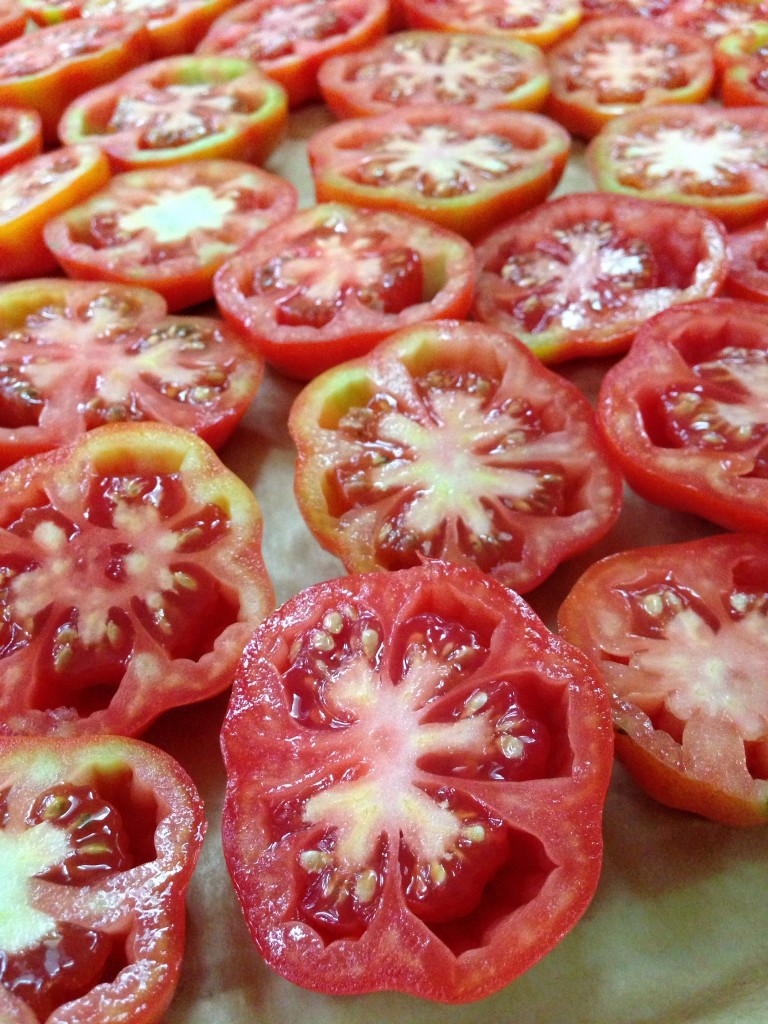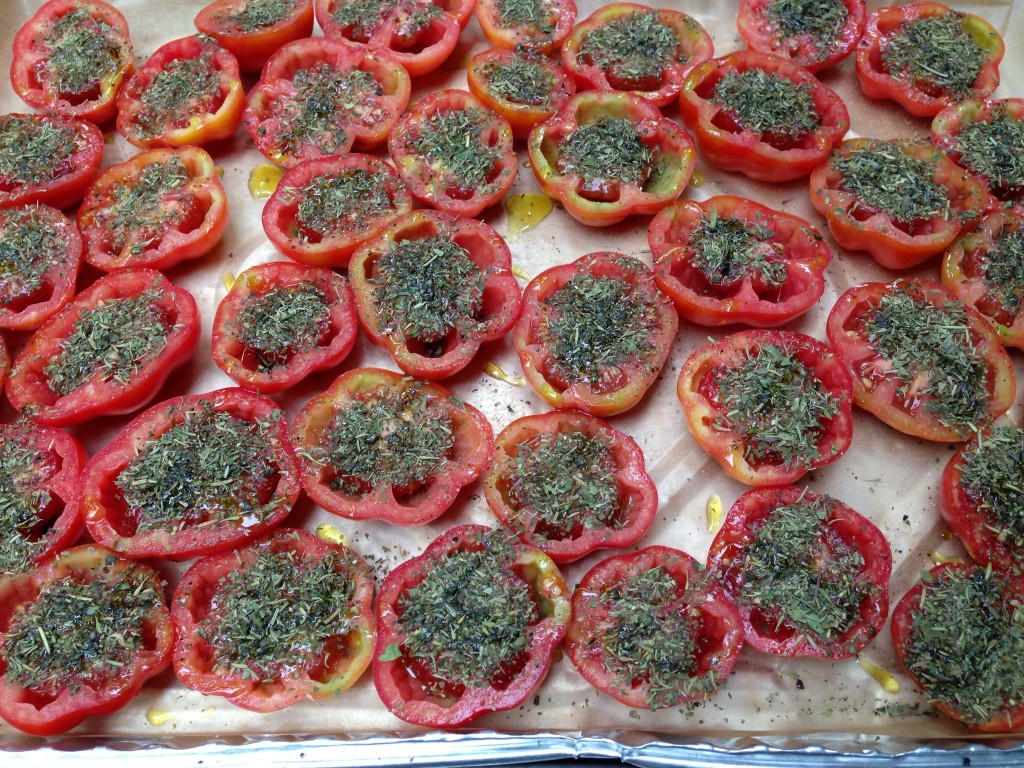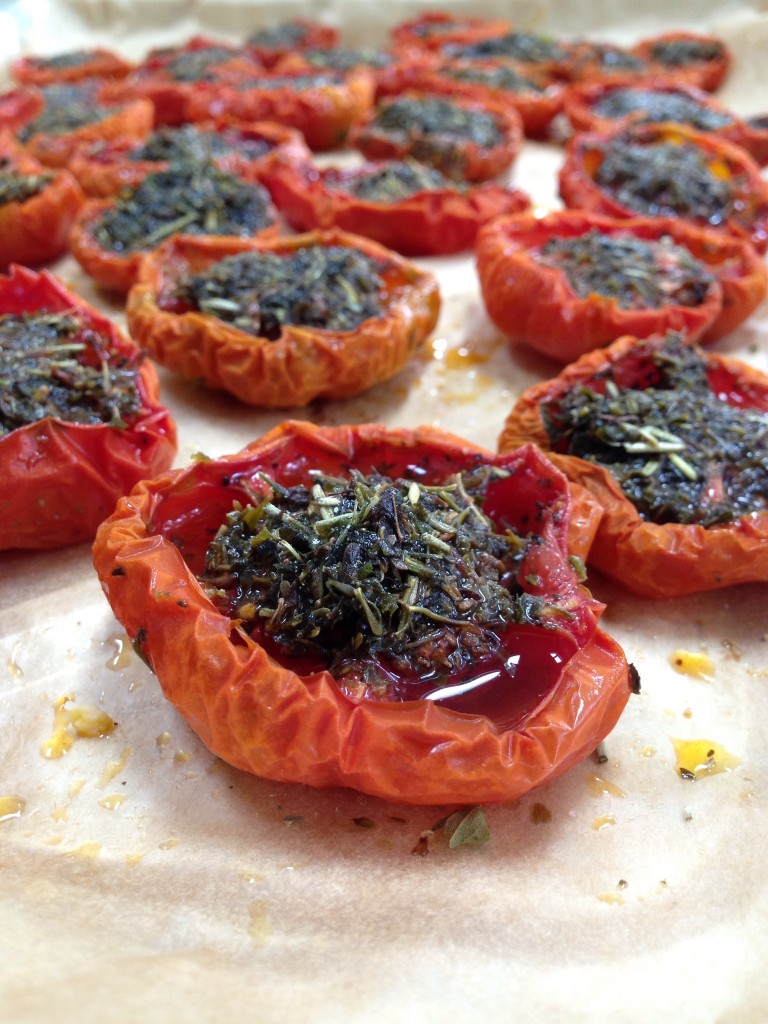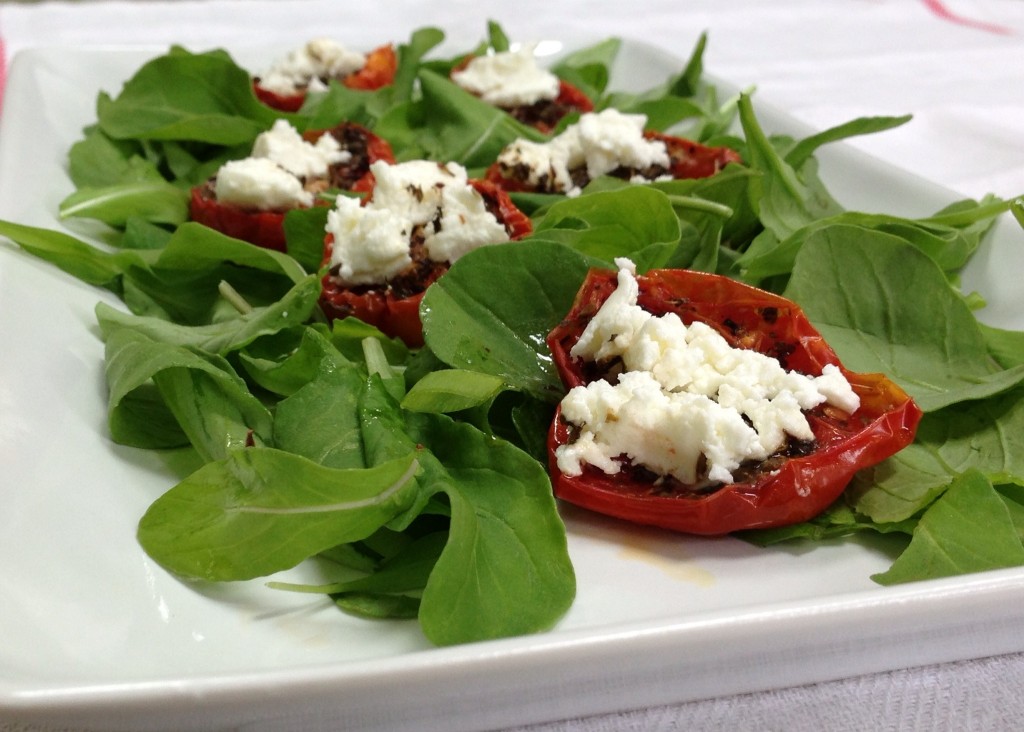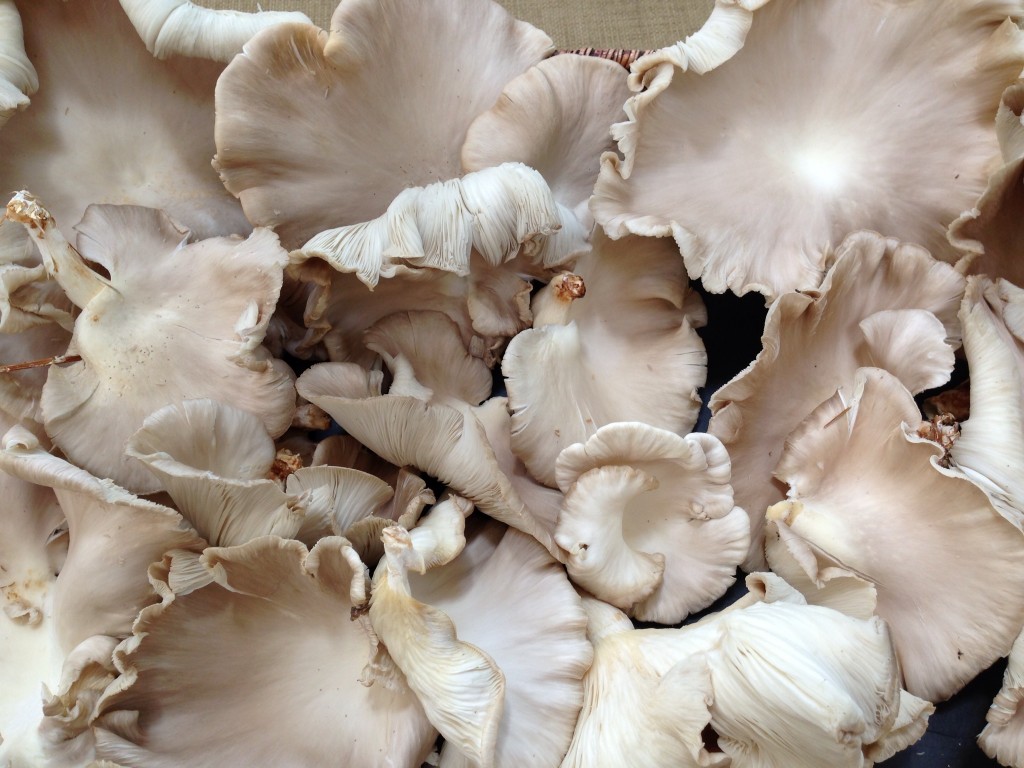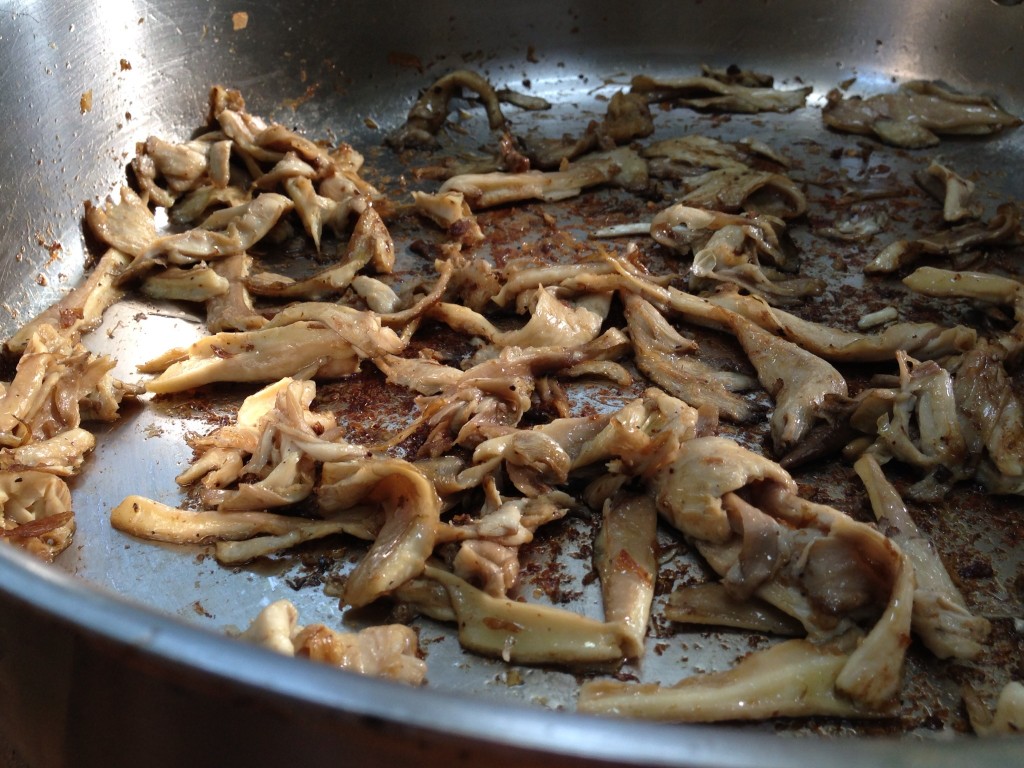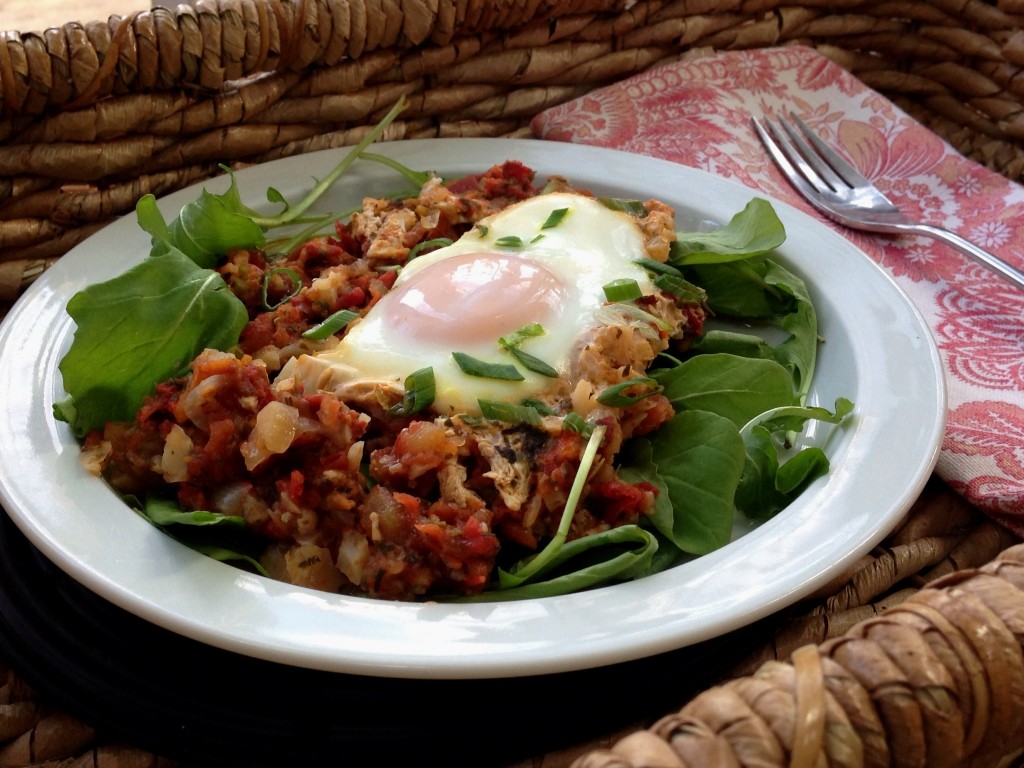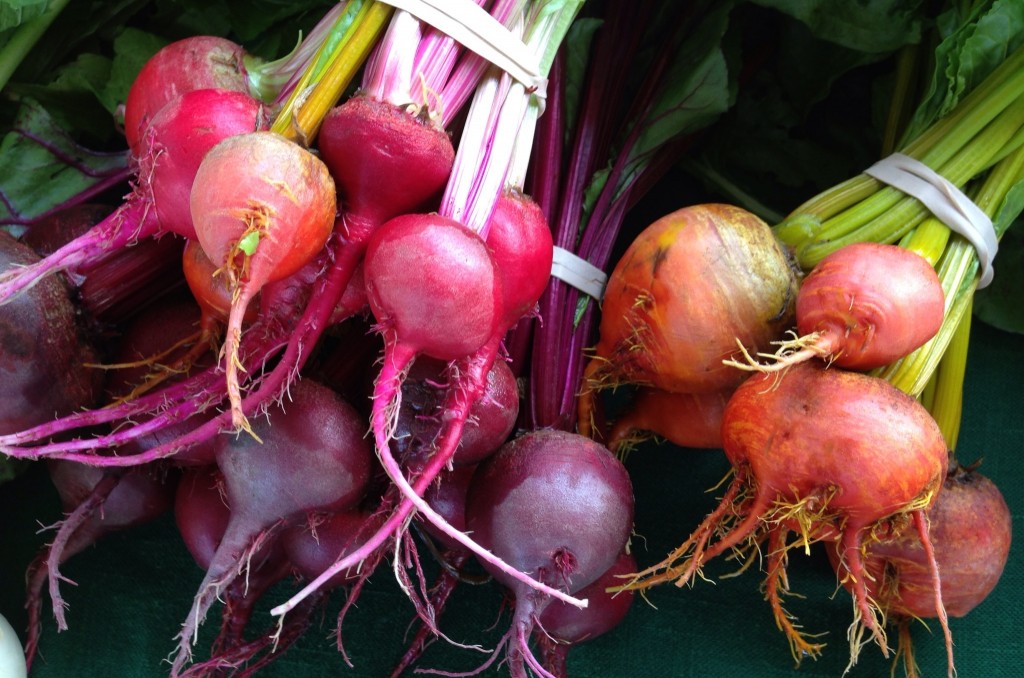As I went through the mid-week markets yesterday I stopped to talk to a local farmer about the weather. Normally we have plenty of hot weather and sun during the summer here in the South. Farmers are generally complaining by late August about irrigation issues and plants that ripen so fast they have to pick rows multiple times a day. And don’t get me started about eggplant complaints! Well, not this year! It seems like it’s been raining since October. There have been endless days of steady heavy rain with loads of clouds between the days of rain. Plants haven’t been producing as much to harvest and what’s coming to market is labeled as “baby” as often as not even into August. What is available seems waterlogged and devoid of our normal robust summer flavor, and nutrients have continued to leach out of the soil or the soil has simply washed away. On the plus side, it’s been an awesome year for mushrooms and we’ll have more about those in future posts this fall.
In a climate like this, it’s important to develop the flavors in whatever you plan to save for the winter months. Slow-roasting can intensify flavors by removing some of the liquid and bringing up some of sweeter sugars hidden in the vegetable or fruit (in this case). It’s as true for onions as it is for tomatoes. Small heirloom tomatoes are perfect for this slow roast technique since they have a sweeter side if you pick the right ones. The flavor comes through and they don’t take much time to prepare or room to store. They basically require no attention once you put them in the oven until the time you take them out and they are versatile as a second harvest food once stored.
Old Milburnie Farm had some adorable organically grown heirloom tomatoes this week which easily fit into the palm of your hand. I selected these because they were a beautiful shade of bright red and Erika (aka “the farmer) explained to me that this variety didn’t have a large deep core so I could basically ignore it in the cooking process. To my delight, when cut, they looked like little flowers. There weren’t too many seeds and not a lot of pulp either so I simply cut them in half, sprinkled some dry herbs (thyme, rosemary, oregano – you can use fresh as well), to soak up the liquid and drizzled a little olive oil to keep them from sticking. I prefer to use a little Himalayan salt and fresh ground pepper to season these as well.
Using a large jelly roll with parchment paper, I was able to keep the tomato juice from burning the pan (easy clean-up too) although most of it stayed inside each tomato half as it cooked. Using this technique, the tomatoes bake from 2-3 hours in a 250F oven. Just cook them until you like their flavor. The plum tomatoes I cooked last week took 3 hours since they were a bit denser. You can sample them at 2 hours and then check them every 30 minutes or so until you are happy with the result. Every tomatoes variety will vary just a bit, so plan for a few hours.
Once the tomatoes are finished, allow them time to cool and then place them in layers in small containers without smashing them. You can also add more olive oil and store them in the fridge for up to a week. Or simply put the layered tomatoes into the freezer. Allow time for them to thaw when you want to use them. They are great on individual pizzas in place of sauce, topped with goat cheese as appetizers or used on top of salads, blended into layers of pasta like lasagna or mixed into noodles or sauce, added to scones, rice or quinoa. The opportunities to use these are endless.

